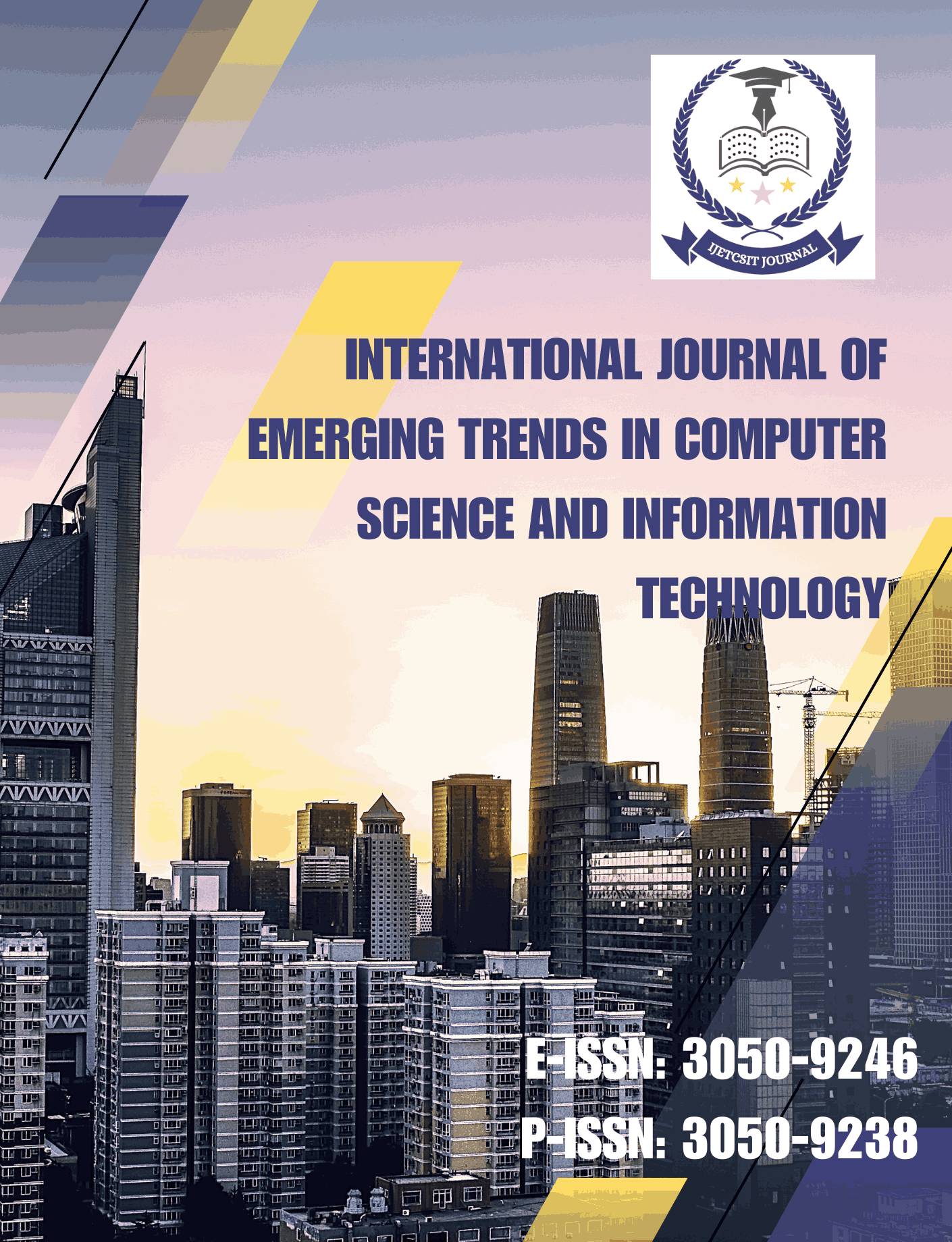Empirical Investigation of Deep Learning Architectures for Systematic Credit Risk Classification in Heterogeneous Financial Markets
DOI:
https://doi.org/10.63282/3050-9246.IJETCSIT-V6I3P103Keywords:
Credit Risk Classification, Deep Learning, Transformer Networks, Heterogeneous Markets, Financial Risk Modeling, Explainable AI, Sectoral Risk, Time-Series Forecasting, Multi-country Financial Data, SHAPAbstract
The dynamic nature of global financial markets necessitates robust methodologies for credit risk classification, particularly as credit portfolios diversify across sectors and geographies. This study presents an empirical investigation into the efficacy of various deep learning (DL) architectures-including Convolutional Neural Networks (CNNs), Recurrent Neural Networks (RNNs), and Transformer-based models-for classifying credit risk across heterogeneous financial environments. Leveraging a large-scale, multi-country credit dataset, we benchmark the performance of DL models against traditional machine learning algorithms. The study introduces an integrated feature engineering pipeline tailored for financial time-series data and accounts for market heterogeneity through sectoral and geographic stratification. Our findings demonstrate that Transformer-based architectures consistently outperform other models in predictive accuracy and generalizability across market segments. We further explore model explainability and interpretability using SHAP values. The proposed framework can inform regulators, financial institutions, and investors in adopting data-driven risk management practices
Downloads
References
[1] Pavitha Nooji1, Shounak Sugave. 2024.Explainable ensemble technique for enhancing credit risk prediction. ISSN:2252-8938. Int J ArtifIntell, Vol.13, No.1, March 2024:917-924.
[2] Byanjankar, M. Heikkilä and J. Mezei, "Predicting Credit Risk in Peer-to-Peer Lending: A Neural Network Approach," 2015 IEEE Symposium Series on Computational Intelligence, Cape Town, South Africa, 2015, pp. 719-725, doi: 10.1109/SSCI.2015.109. https://arxiv.org/abs/2412.18222
[3] Papouskova M. and Hajek P., Two-stage consumer credit risk modelling using heterogeneous ensemble learning, Decision Support Systems 118 (2019), 33–45.
[4] Xinsheng Zhang, Yulong Ma, Minghu Wang: An attention-based Logistic-CNN-BiLSTM hybrid neural network for credit risk prediction of listed real estate enterprises. Expert Syst. J. Knowl. Eng. 41(2) (2024).
[5] B. Baesens, T. Van Gestel, S. Viaene, M. Stepanova, J. Suykens, and J. Vanthienen. “Benchmarking State-of-the-Art Classification Algorithms for Credit Scoring.” The Journal of the Operational Research Society 54, no. 6 (2003): 627–35. http://www.jstor.org/stable/4101754.
[6] Yuelin Wang, et al. 2020. A Comparative Assessment of Credit Risk Model Based on Machine Learning - a case study of bank loan data. Procedia Computer Science. Volume 174, 2020, Pages 141-149. https://doi.org/10.1016/j.procs.2020.06.069
[7] Park, J., Lee, D., & Ahn, J. (2004). Risk-Focused E-Commerce Adoption Model: A Cross-Country Study. Journal of Global Information Technology Management, 7(2), 6–30. https://doi.org/10.1080/1097198X.2004.10856370
[8] I. Aruleba and Y. Sun, "Effective Credit Risk Prediction Using Ensemble Classifiers with Model Explanation," in IEEE Access, vol. 12, pp. 115015-115025, 2024, doi: 10.1109/ACCESS.2024.3445308.
[9] Chioma Ngozi Nwafor, et al. 2023. Determinants of non-performing loans: An explainable ensemble and deep neural network approach. Finance Research Letters. Volume 56, September 2023, 104084. https://doi.org/10.1016/j.frl.2023.104084





